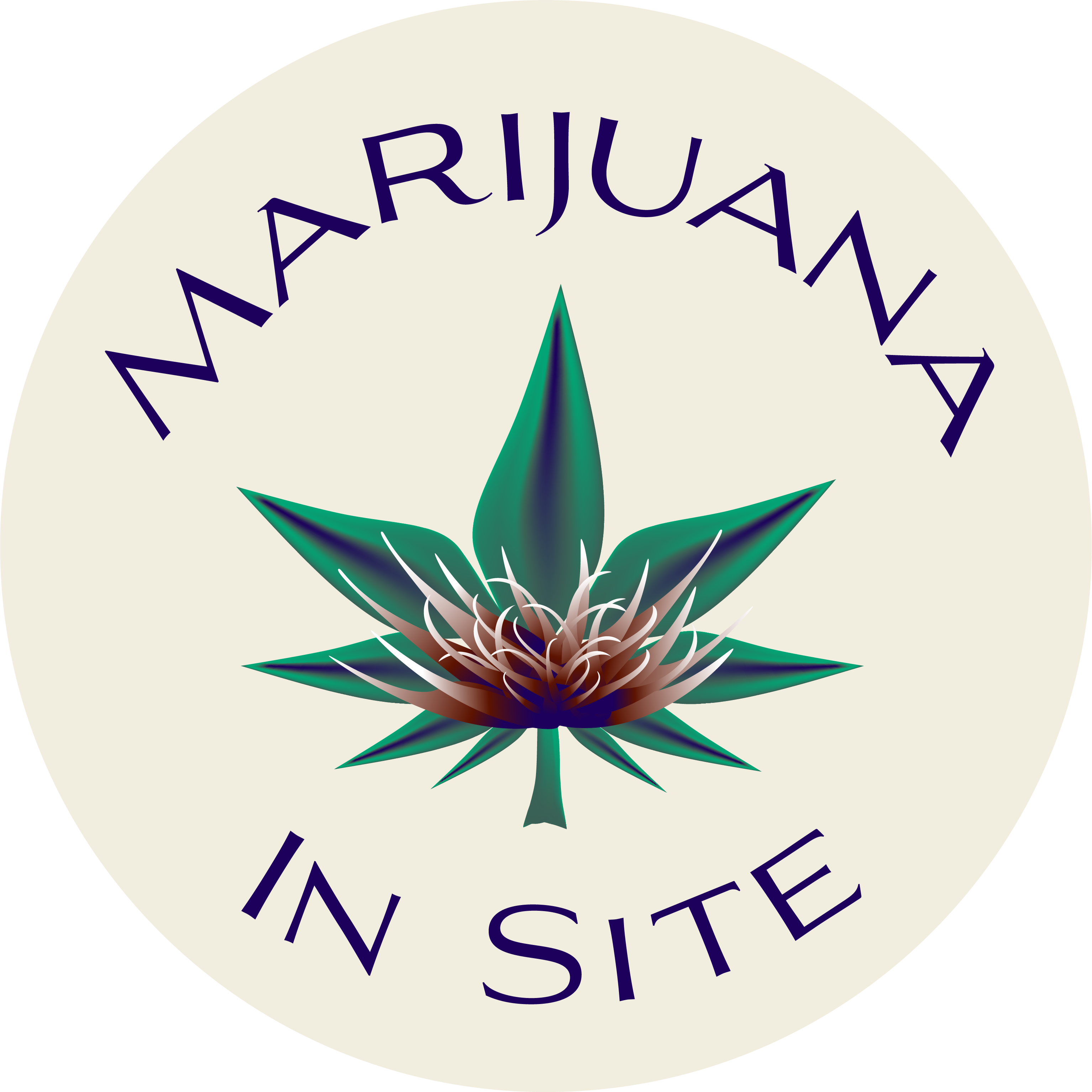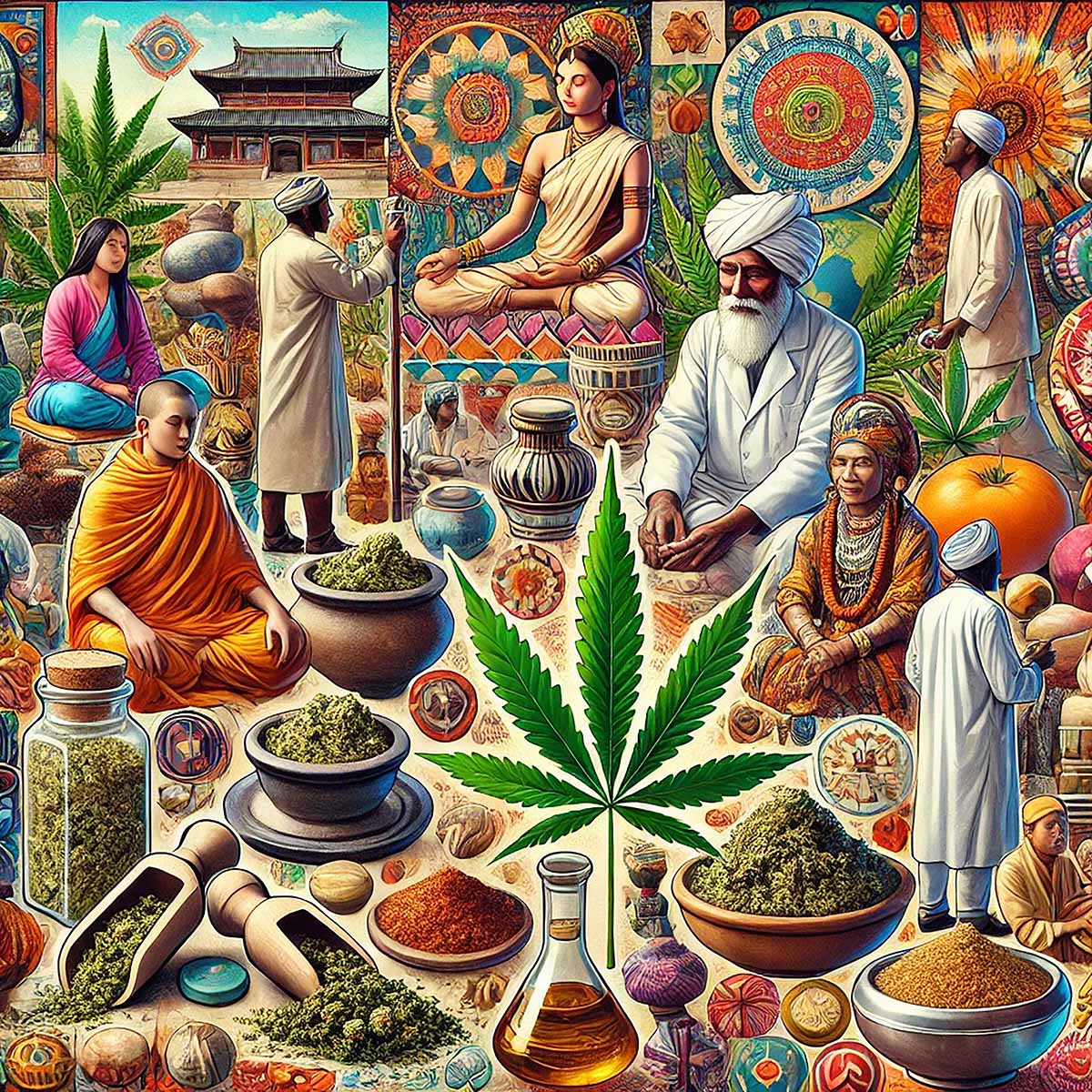Cannabis has been used in traditional medicine across various cultures for thousands of years. This versatile plant has played a significant role in the healing practices of many civilizations, offering a wide range of therapeutic benefits. In this article, we will explore how different cultures around the world have utilized cannabis in traditional medicine and examine its enduring legacy.
Historical Use of Cannabis in Traditional Medicine
1. Ancient China:
- Traditional Chinese Medicine (TCM): Cannabis, known as “Ma” in Chinese, has been used in TCM for over 2,000 years. Ancient Chinese texts, such as the Pen Ts’ao Ching, document its use for treating conditions like malaria, constipation, and rheumatic pain.
- Hua Tuo: The famous Chinese physician Hua Tuo (c. 140-208 AD) is credited with using a cannabis-based anesthetic called “Mafeisan” during surgical procedures.
2. India:
- Ayurveda: In Ayurvedic medicine, cannabis, known as “Vijaya,” is considered a sacred plant. It has been used to treat a variety of ailments, including digestive issues, pain, and anxiety.
- Bhang: A traditional Indian drink made from cannabis leaves and milk, Bhang has been used for centuries during religious festivals and for its medicinal properties.
3. Ancient Egypt:
- Ebers Papyrus: One of the oldest medical texts, the Ebers Papyrus (c. 1550 BC), mentions the use of cannabis for treating inflammation and glaucoma.
- Topical Applications: Cannabis was often used in ancient Egypt for its anti-inflammatory properties and applied topically to treat pain and swelling.
4. Africa:
- Traditional Healers: Across various African cultures, traditional healers have used cannabis to treat conditions such as malaria, fever, and dysentery. It was also used in spiritual rituals and ceremonies.
- Cannabis Tea: In some African cultures, cannabis tea was prepared to treat digestive issues and provide relief from pain.
5. Middle East:
- Persian Medicine: In ancient Persia, cannabis was used for its analgesic and anti-inflammatory properties. It was included in the medical texts of Avicenna, a renowned Persian physician.
- Hashish: Hashish, a concentrated form of cannabis, was used in traditional Middle Eastern medicine to treat a variety of ailments, including pain and insomnia.
Modern Rediscovery of Traditional Cannabis Medicine
1. Western Medicine:
- 19th Century: During the 19th century, Western medicine began to recognize the therapeutic potential of cannabis. It was included in the United States Pharmacopeia and used to treat conditions such as migraines, pain, and insomnia.
- Current Research: Modern scientific research is rediscovering the benefits of cannabis, validating many of its traditional uses. Studies are exploring its potential for treating chronic pain, epilepsy, and other conditions.
2. Integration into Contemporary Practices:
- Holistic Health: Many holistic health practitioners incorporate cannabis into their treatments, combining ancient wisdom with modern science to provide comprehensive care.
- Global Influence: The global perspective on cannabis is shifting, with many countries recognizing its medicinal value and integrating it into their healthcare systems.
Summing Up
The use of cannabis in traditional medicine is a testament to its versatility and therapeutic potential. From ancient China and India to Africa and the Middle East, cannabis has been an integral part of healing practices across cultures. As modern research continues to explore its benefits, we can appreciate the rich history of cannabis in traditional medicine and its enduring legacy.



